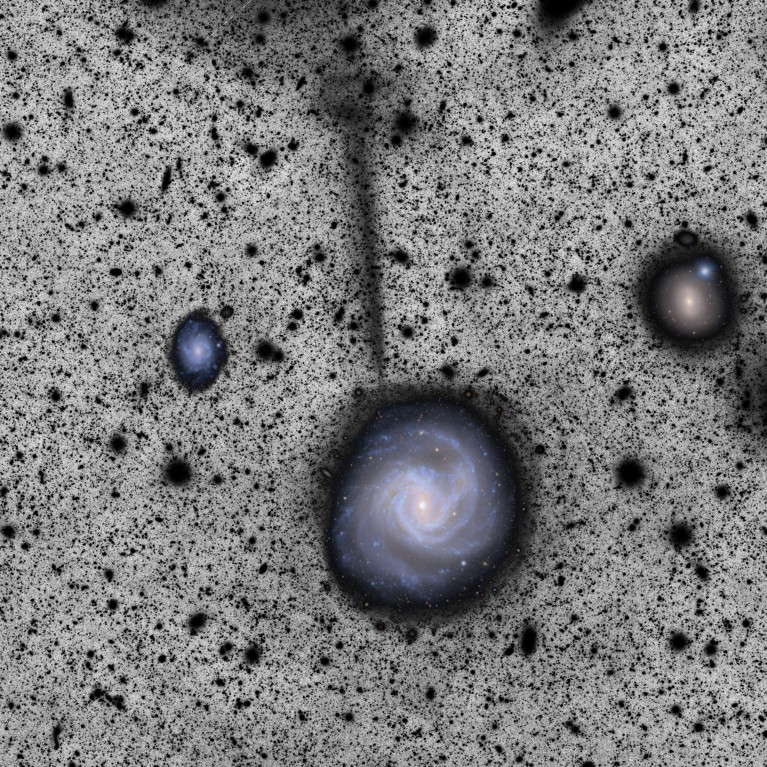Surprise ‘tail’ found on an iconic galaxy may rewrite its history
Summary
The Vera C. Rubin Observatory’s very first test image has revealed a previously unnoticed stellar stream — a faint “tail” of stars — extending from Messier 61 (M61), a well-known starburst galaxy in the Virgo Cluster. The feature suggests M61 once tore apart a much smaller companion, leaving behind a long trail of stars. This detection, reported in the Research Notes of the American Astronomical Society by Romanowsky et al., is the first stellar stream spotted by Rubin and hints at the many faint structures the observatory will uncover as it begins full operations.
Key Points
- The Rubin Observatory’s first test image shows a stellar stream extending from galaxy M61.
- M61 is a long-studied starburst galaxy; the stream suggests a past minor merger or tidal disruption.
- Previous powerful telescopes (Hubble, JWST) had not detected this faint feature.
- This is the first stellar stream identified using Rubin data — a preview of many low-surface-brightness discoveries to come.
- The finding can change interpretations of M61’s history and its unusually high star-formation activity.
Context and relevance
Stellar streams are key tracers of how galaxies assemble through mergers and interactions. Finding a stream on such a well-observed galaxy shows how much faint structure has been missed and demonstrates Rubin’s capability to map the low-surface-brightness universe. For astronomers studying galaxy evolution, this is a timely reminder that new wide-field, deep surveys will rapidly revise histories of many nearby galaxies and improve our statistical view of minor mergers.
Why should I read this?
Quick and striking — Rubin’s first image has already dug up a hidden tail on a famous galaxy. If you like cosmic detective work, this little discovery is a neat hint that the new telescope will uncover loads more scraps of galactic gossip. Short read, big implications.

